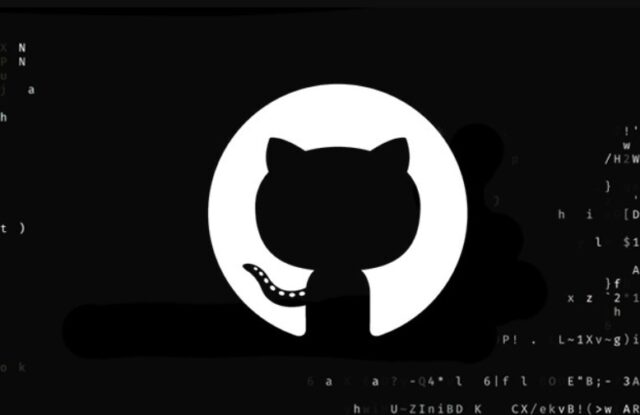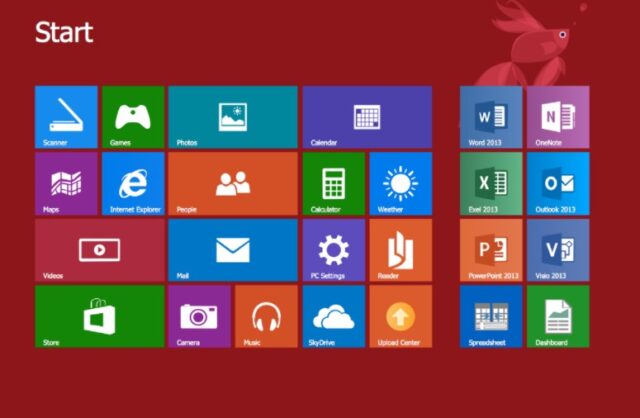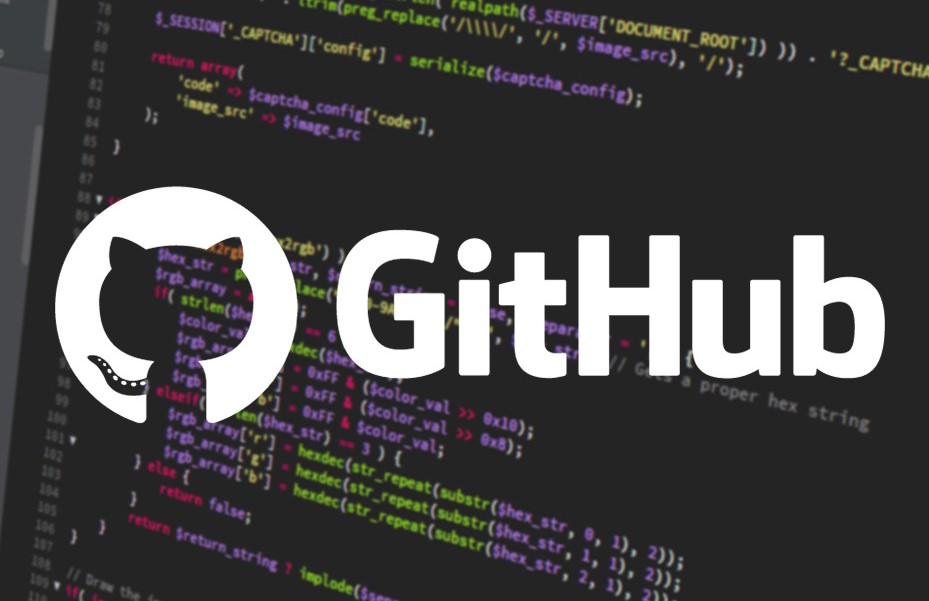In your quest to become an agile business, you might have looked into adding automation into the mix. By migrating certain tasks to automation, you not only can speed up the software development lifecycle but also make it more reliable and thereby more profitable.
Who doesn’t want that?
Of course, there are only certain actions you can feasibly automate within the realm of software development. The most common of those actions are the building, testing, and deploying of your applications.
Think about it: Your developers work diligently to write the code to create those applications. That takes time. If they then have to turn around and spend more of their time building, testing, and deploying, they aren’t doing the most important thing you hired them for—writing code.
Traditionally the automation of such actions would require deploying numerous systems to handle each. You’d have one system for building, one for testing, and one for deploying.
Thankfully, GitHub offers a feature that facilitates those actions, without having to rely on yet more third-party tools. That feature is called GitHub Actions.
What is GitHub Actions?

First, let’s take a look at what GitHub Actions is. Effectively, GitHub Actions reduces the chain of actions required to execute code. Instead of having to rely on numerous systems, GitHub Actions allows you to create a specific pipeline responsible for your workflow. That workflow can be responsible for compiling, testing, and deploying code.
GitHub Actions also allows you to create integration flows and even continuous deployment within a repository. So not only are you making your process more efficient, you’re working toward using Continuous Integration/Continuous Deployment (CI/CD).
The Pieces of GitHub Actions
GitHub Actions consists of specific pieces that come together to make it function as a whole. Those pieces are:
- Step – A set of tasks used to execute a job.
- Work – A set of steps that can be executed independently or sequentially.
- Workflow – An automated procedure that consists of one or more jobs added to a repository and activated by an event.
- Event – Specific actions that trigger the execution of a workflow.
- Actions – The smallest building block of a workflow.
- Runner – A machine that waits (in the background) for work to be available. Once the work is available it executes the actions and reports both the progress and the results.
Essentially, you use GitHub Actions to piece together a Workflow that automates the building, testing, and deploying of code housed in GitHub repositories. And because everything is located within GitHub, there’s no need to employ another third-party site or service.
Even better, it doesn’t matter if your developers work with C++, Java, JavaScript, .Net, PHP, or Python. In fact, nearly any language can be used. More useful information you can find at bairesdev.com
Benefits of Using GitHub Actions
Once you’ve added GitHub Actions to your development lifecycle, you’ll find numerous benefits.
All GUI

First off, GitHub Actions benefits from the already user-friendly GitHub UI. That means you won’t have to use code to create the new workflow. In fact, you can even download workflow templates from the GitHub Marketplace to make it even easier.
CI/CD Made Easy
For anyone looking to integrate CI/CD into the development lifecycle, you’d be hard-pressed to find an easier route than GitHub Actions. CI/CD is what GitHub Actions is all about. You’ll even find CI/CD templates in the Marketplace, so making it a reality is even easier than you think.
Easy Workflow Management

From the GitHub Actions dashboard, you can easily manage your workflow. With controls for starting, stopping, and re-running as well as plenty of reporting tools, you’ll find everything necessary to manage all of your GitHub Actions workflows.
Those workflows are also very easy to duplicate, which means you don’t always have to start from scratch. Create an effective workflow, duplicate it, and modify it to fit a different project.
Built-in Container Support
GitHub Actions also includes built-in support for containers and build environments. You’ll be able to use containers and VMs for Linux, macOS, and Windows, so it doesn’t matter what platform you prefer to work with, GitHub Actions supports it.
Integrations

GitHub Actions also offers integration support for third-party tools and services, such as AWS, Slack, Azure, Zeit, and Kubernetes. Thanks to such integrations, you can’t only enjoy more collaborations but massive scaling to meet high demand as well.
Simplifying multi-hierarchical workflows
GitHub Actions is a great way of reducing errors and simplifying multi-hierarchical workflows specially in MNCs. When there are multiple departments working on a single process, it is imperative for them to follow a smooth process that reduces downtime. So, in this case, GitHub would be beneficial and will also prove to be a significant addition to the SDLC.
Low Cost = High ROI

Finally, GitHub Actions is free to use. And given the value of what you gain from employing this service, the ROI is very high. One thing to note, however, is that GitHub Actions is only free for public repositories and self-hosted runners. Every GitHub account receives a pre-defined amount of free minutes and storage as well.
The number of free minutes is based on the product used with the account. Quite naturally, the initial cost of implementation and usage is practically absent, and the functionality you get in return is quite high. That’s a major reason developers prefer GitHub Actions.
Conclusion
If your company is looking to integrate CI/CD or even just a basic level of build automation, GitHub Actions might well be the easiest route to success. Although there will be some ramp-up, the learning curve shouldn’t be too steep for any developer or admin who has ever used GitHub as a code repository.
Developers will always look forward to making the best out of available technologies thus reducing operational silos. GitHub Actions is the best way to do so. In the end, the benefits of making use of this platform will far outweigh the small investment of time necessary.







